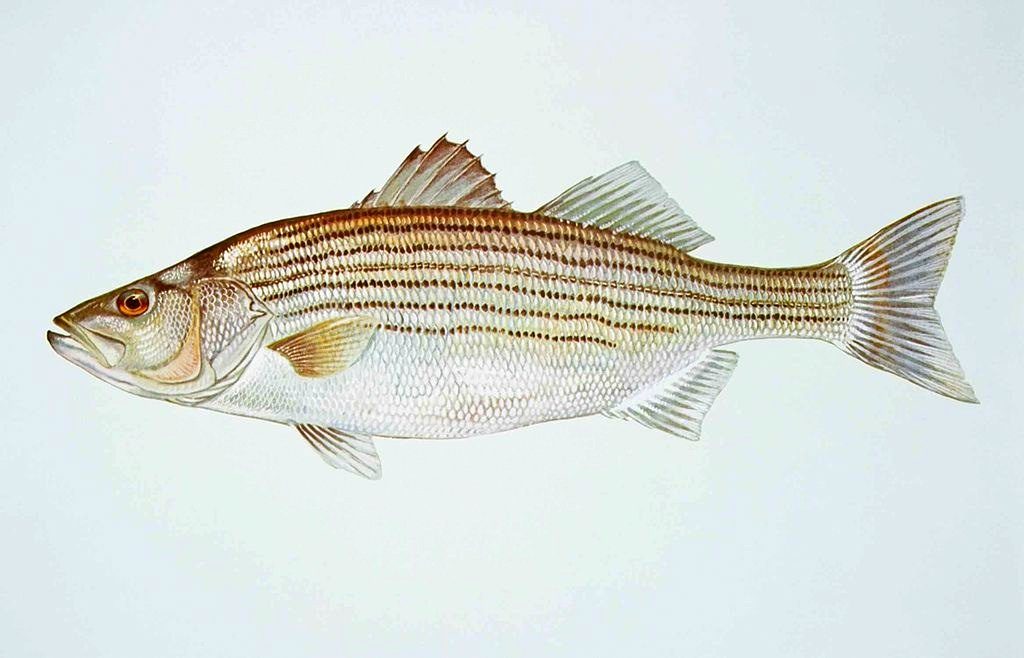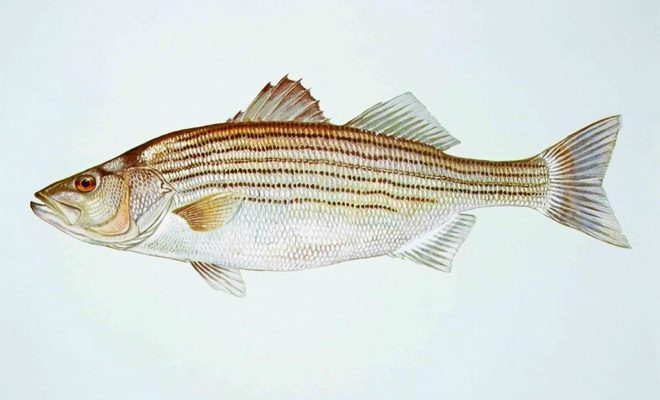The Coastal Conservation Association-Maine (CCA-Maine) and the Gulf of Maine Research Institute (GMRI) are collaborating on an ongoing data collection program called “Snap-A-Striper,” aimed at compiling photos and valuable information from live release and legally kept striped bass caught in Maine waters.
Here’s how Snap-a-Striper works: When an angler catches a striped bass of any size, he quickly fills in the required information (angler name, date, generic catch location) on a 3×5 data card, which also serves as an accurate fish ruler, and photographs the fish with the card next to it. The fish is then released or harvested, and the photograph is emailed to [email protected]. The photo process is best accomplished by two people working together.
Every angler who harvests a legal keeper after photographing it is encouraged to remove the head, freeze it in a plastic bag along with the same data card used in the photo, and deliver it to one of several freezer drop-off points throughout southern Maine for collection by GMRI. The morphometric (body shape) data from every striped bass photo taken with the Snap-a-Striper card in place, as well as data retrieved from otoliths (fish ear bones) collected from the heads of the striped bass, can help fishery scientists determine the origin of the fish and provide information that can improve fisheries management.
“We are excited to engage with recreational anglers on an important research project regarding the origin of striped bass caught in Maine’s coastal waters,” says Lisa Kerr, Ph.D, Fisheries Ecologist at the Gulf of Maine Research Institute.
Striped bass are an important component of the recreational fishery in coastal Maine. Unfortunately, catches have declined dramatically in recent years without a clear understanding of all the contributing factors. This decline of a valuable natural resource has greatly reduced recreational fishing opportunities and thus negatively impacted Maine from a socioeconomic perspective.
Scientists do not yet understand the relative contribution of stripers spawned in the Kennebec River watershed versus fish that migrate to the coastal striped bass fishery in Maine from more southern spawning populations. Morphometrics and otolith chemistry analyses are effective tools that can identify the origin of striped bass and help determine if a striper is a resident or a migratory fish.
All Maine anglers and guides are encouraged to get involved. For more information on the program, to download an instruction sheet and data cards, and to learn where your nearest drop-off freezer location is, click here.


